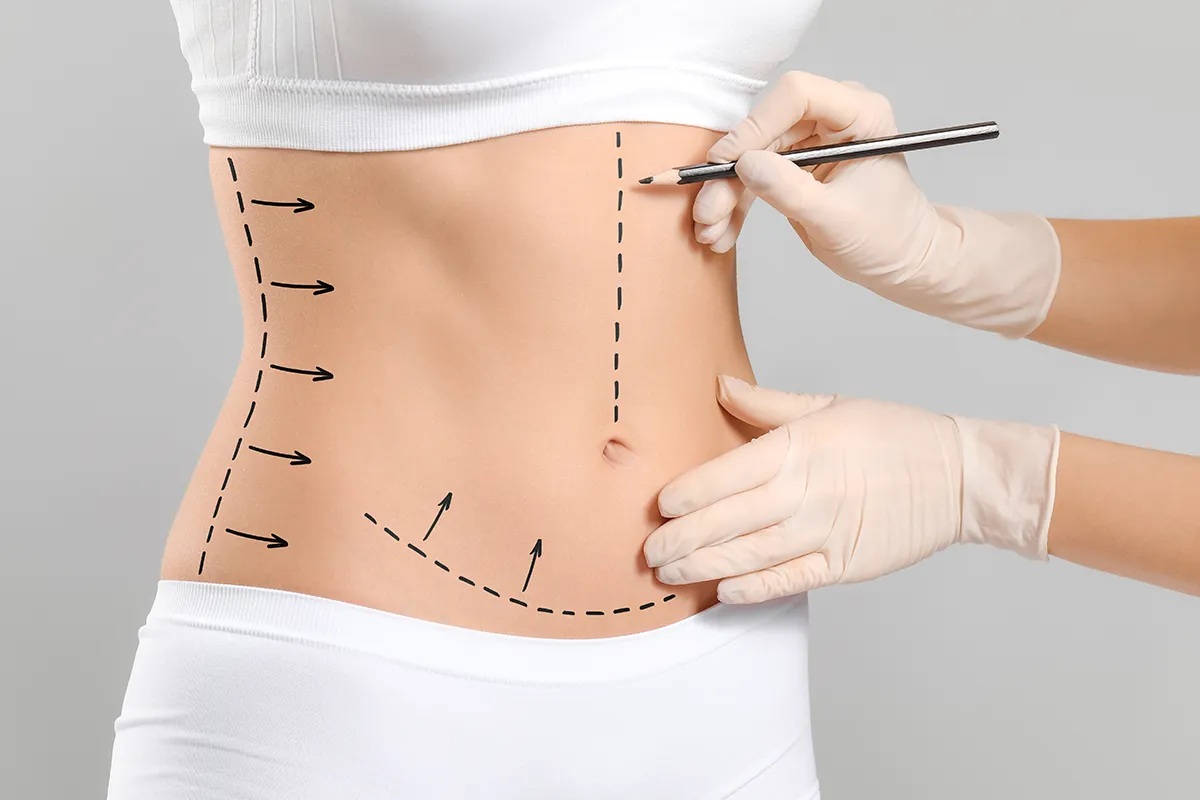How to Prepare for Abdominoplasty: Essential Tips for a Smooth Recovery

What steps should be taken to ensure a smooth recovery from a tummy tuck? This popular cosmetic procedure requires thoughtful preparation to ensure the best possible results. Preparing in advance can ease the healing process and reduce potential complications. Let us explore essential tips to make the entire experience as comfortable and efficient as possible.
Understanding the Procedure
Abdominoplasty, another name for a tummy tuck, is a procedure used to remove extra skin and fat from the abdomen. It is frequently done to give the midsection more tone and firmness, particularly after pregnancy or drastic weight loss. To improve the overall appearance, the abdominal muscles are frequently strengthened during the procedure.
Understanding the procedure is key to managing expectations and preparing effectively for the healing period. Since it is a major surgery, proper preparation is essential to ensure both the operation and recovery go smoothly.
Get a Medical Checkup
Before undergoing this procedure, scheduling a full medical evaluation is necessary. This ensures that the body is in good health and ready for surgery. A physical examination and blood work are examples of medical tests that determine a patient’s suitability for the treatment and lower the chance of problems.
It’s also important to discuss any current medications or supplements with the surgeon, as some may interfere with the procedure or healing. The medical team may advise pausing certain prescriptions or making specific lifestyle changes to optimize health ahead of surgery.
Prepare the Recovery Space at Home
Creating a comfortable space for recuperation at home is vital for a smoother healing process. A designated area with easy access to essentials like medications, pillows, and entertainment can help reduce stress during the initial phase after surgery. Elevating the upper body and keeping the legs slightly bent can minimize swelling and discomfort.
Another helpful step is to prepare meals in advance since mobility will be limited in the first few days. Having ready-to-eat, nutritious meals on hand will support the body’s healing and reduce the need for strenuous activity early on.
Follow Pre-Surgery Instructions
Following the surgeon’s pre-surgery instructions is critical to a successful procedure. These guidelines may include fasting for a certain period before the operation and avoiding specific foods and drinks. Smokers may also be asked to quit several weeks before surgery, as smoking can delay healing and increase the risk of complications.
In addition, arranging transportation to and from the surgery center is essential. Driving immediately after surgery is not recommended, so making plans in advance will ensure a smooth experience.
Seeking Professional Help and Support
Throughout the healing journey, having professional support is essential. Surgeons and medical staff monitor progress and can address any concerns that arise during the recuperation period. Attending all follow-up appointments is crucial to ensure the recovery is progressing as expected. In some cases, patients may benefit from hiring home care professionals to assist during the early stages of recovery. This extra help can make daily tasks easier, allowing for more focused rest and healing.
The recuperation period following a tummy tuck varies, but adequate rest is necessary during the first few weeks. Light movement, such as short walks, is encouraged to promote circulation and prevent blood clots. However, strenuous activities and heavy lifting should be avoided until the surgeon clears them. Patience is key during recovery. The final results may not be fully visible until the swelling subsides, and taking the necessary time to heal will ensure better long-term results.
Trusting the expertise of professionals throughout this journey is vital for a safe and successful experience with abdominoplasty. This surgery can offer transformative results, but thorough preparation is essential to ensure a smooth recuperation. By setting up a recovery space, following medical advice, and seeking professional help, patients can ease the process and achieve the best possible outcome.





